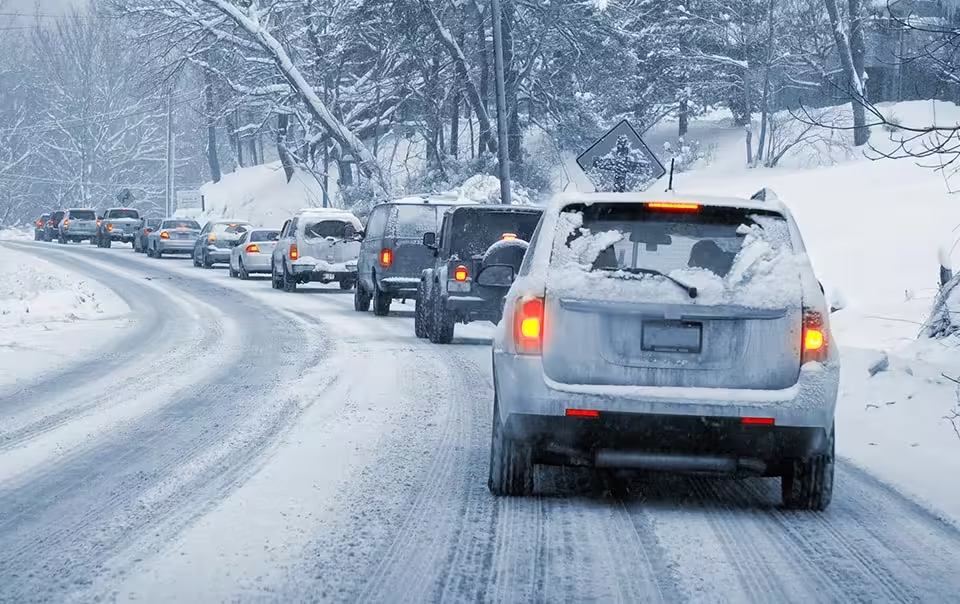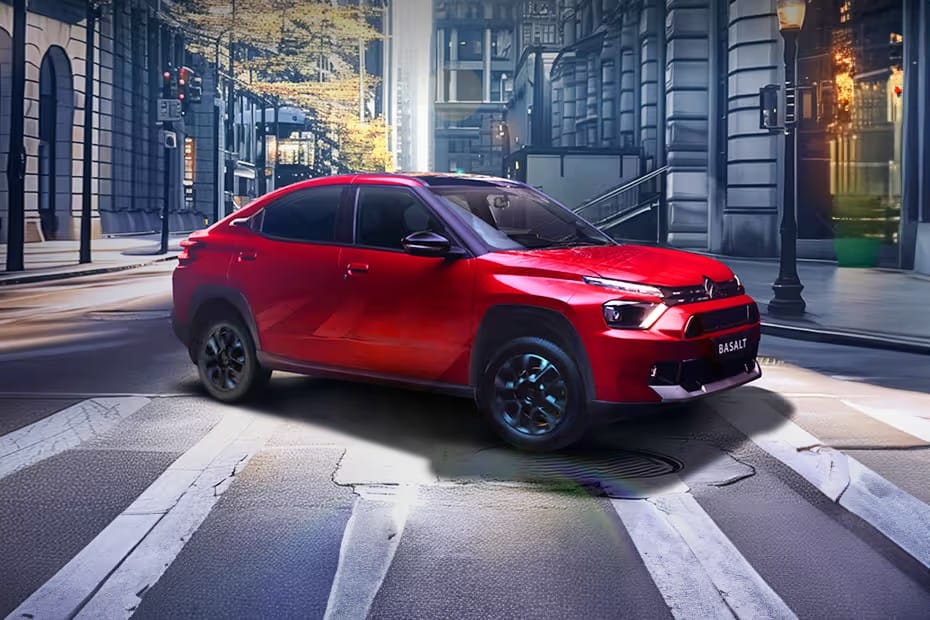Winter car driving presents unique challenges, especially in parts of India where temperatures drop and roads become slippery. As the winter months approach, ensuring that your vehicle is ready for the challenges of cold weather is crucial, especially in India, where regions like Himachal Pradesh, Uttarakhand, and Jammu & Kashmir experience harsh winters. While not all areas of India face freezing temperatures, it’s still essential to understand the basics of winter car care to ensure safe driving.
This blog will guide you through important tips to maintain your car during the cold season, enhancing both your safety and your vehicle’s longevity.
Understanding the Impact of Winter on Cars
Cold weather can affect various aspects of your car’s performance. Low temperatures can cause your car’s fluids to thicken, the battery to drain faster, and the tires to lose pressure. Snow, ice, and fog reduce visibility and create slippery roads, increasing the chances of accidents. Preparing your vehicle for winter ensures smoother and safer driving during these months.
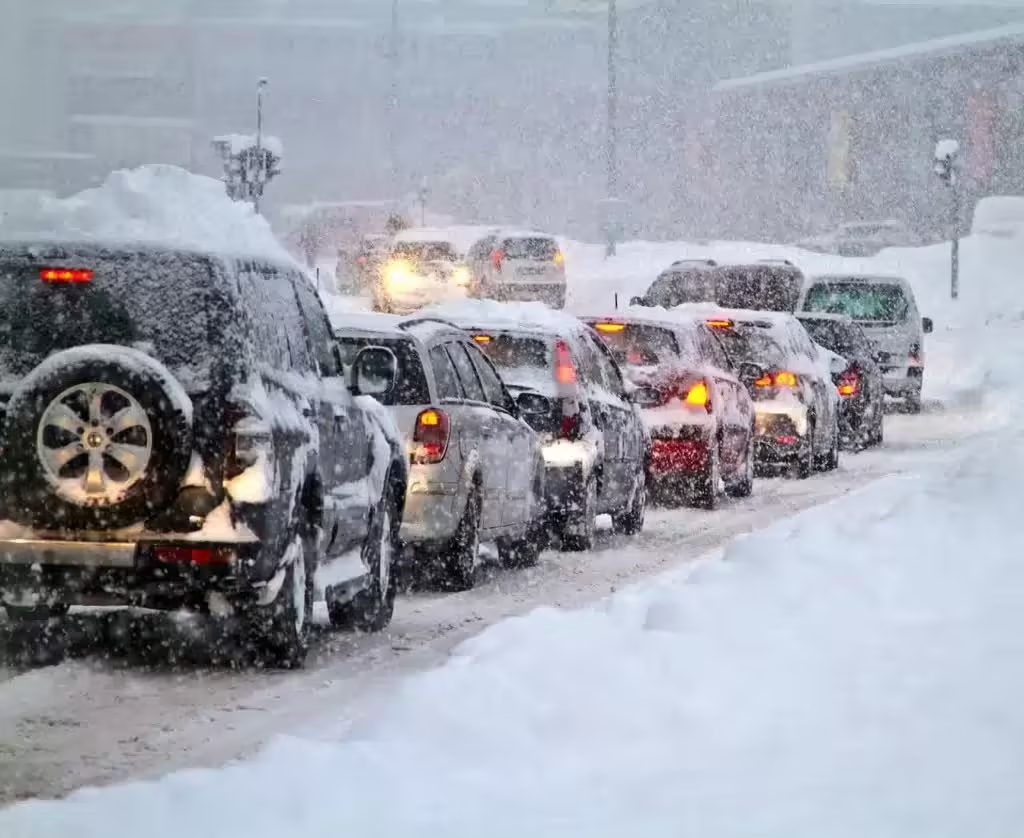
1. Inspect and Maintain Your Car Battery
In cold weather, your car’s battery is put under extra strain. Batteries lose about 60% of their strength when the temperature drops below freezing, making it harder to start your vehicle. To avoid being stranded, check your battery’s health before winter sets in.

- Clean the battery terminals: Remove any corrosion and ensure a secure connection.
- Test the voltage: A fully charged battery should read around 12.6 volts or more. If it’s below 12 volts, consider replacing the battery.
- Park indoors: Whenever possible, park your car in a garage to protect the battery from extreme cold.
Ensuring that your battery is in good condition will prevent issues with starting your car, which is one of the most common problems in cold weather.
2. Check Your Tires
Cold weather causes the air in your tires to contract, leading to lower tire pressure. Low tire pressure can affect your vehicle’s handling and increase the risk of tire damage.
- Check tire pressure regularly: Use a tire pressure gauge to ensure that your tires are inflated to the manufacturer’s recommended levels.
- Consider winter tires: If you live in an area where snow and ice are common, winter tires provide better traction and improve safety.
- Inspect tire tread: Worn-out tires are dangerous in slippery conditions. Ensure your tires have enough tread depth for good grip.

Tires play a vital role in maintaining control on icy or wet roads. Proper tire care can significantly improve your safety while driving in winter car.
3. Monitor Your Fluids
Your car’s fluids are critical for its operation, and they behave differently in cold weather. Fluids like engine oil, coolant, and windshield washer fluid can thicken or freeze, reducing their effectiveness.
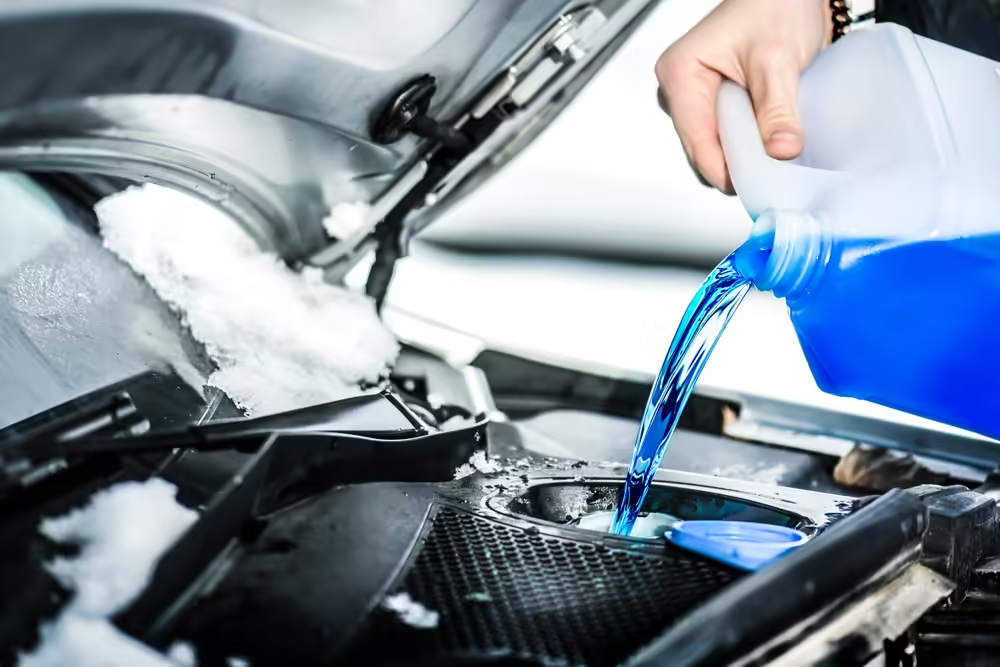
- Use winter-grade oil: Thicker oils don’t flow well in cold weather, so switch to a thinner, winter-grade oil if necessary.
- Check your coolant levels: The coolant (antifreeze) prevents your engine from freezing. Ensure that the coolant mixture is correct (usually 50% water and 50% antifreeze).
- Top up windshield washer fluid: Use a winter-specific washer fluid that won’t freeze on your windshield.
Maintaining proper fluid levels is crucial to keep your car running smoothly during winter and preventing costly repairs.
4. Ensure Your Brakes Are in Good Condition
Your brakes are your primary line of defense when it comes to safety, especially on icy or slippery roads. Winter car driving demands that your brakes are in top condition.
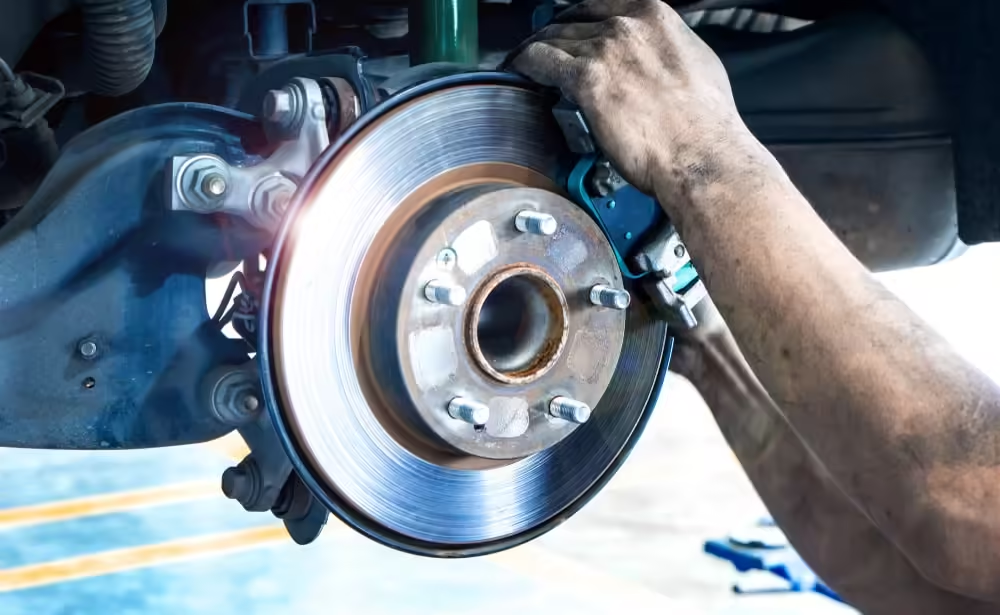
- Check brake pads and rotors: Worn brake pads can reduce stopping power, so replace them if they’re nearing the end of their life.
- Test your brakes regularly: Make sure your brakes respond smoothly and don’t make unusual noises.
- Brake fluid levels: Low brake fluid can affect braking performance, so ensure that it’s topped up.
In winter car driving, roads can be unpredictable, and having reliable brakes is essential for quick stops and avoiding accidents.
5. Inspect Windshield Wipers and Defrosters
Visibility is often reduced during winter car driving due to fog, snow, and ice. Ensuring your windshield wipers and defrosters are working properly is crucial for safe driving.

- Replace old wiper blades: Worn-out wiper blades can leave streaks on the windshield, further reducing visibility. Replace them if they’re more than a year old or leave streaks.
- Check your defroster: A functioning defroster will help clear frost or ice from your windshield quickly.
- Keep an ice scraper handy: In areas with snow, an ice scraper is essential to remove ice from your windows before driving.
Clear visibility is critical during winter car driving, and these simple checks can prevent dangerous situations.
6. Protect Your Car’s Exterior
Cold weather and road salt can take a toll on your car’s paint and undercarriage. Salt is used to melt snow on roads but can cause rust if it builds up on your vehicle.

- Wash your car regularly: Even in winter, it’s important to wash your car to remove salt and grime, especially the undercarriage.
- Apply a protective wax: Waxing your car before winter helps protect the paint from salt and snow damage.
- Use a car cover: If you park outside, consider using a car cover to shield your vehicle from the elements.
Taking care of your car’s exterior will help maintain its appearance and resale value in the long run.
7. Keep an Emergency Kit in Your Car
Winter conditions can be unpredictable, and it’s always best to be prepared for emergencies. A well-stocked emergency kit can make a huge difference if you find yourself stranded.

Essential items to include:
- A first-aid kit
- Warm blankets and clothing
- Non-perishable snacks and water
- A flashlight with extra batteries
- Jumper cables
- A spare tire, jack, and tire iron
- A phone charger or power bank
- A shovel and ice scraper
- Road flares or reflective triangles
Having an emergency kit in your car ensures that you’re prepared for any unforeseen circumstances.
8. Drive Safely in Winter Car Conditions
Even with a well-maintained car, driving in winter car driving requires caution and adjustments to your driving habits.

- Slow down: Reduced visibility and slippery roads mean that it’s safer to drive below the speed limit in winter conditions.
- Increase your following distance: Leave extra space between you and the car in front of you to account for longer braking times on icy roads.
- Avoid sudden movements: Sudden braking, accelerating, or turning can cause your car to skid on icy roads.
Use your headlights: Even during the day, fog, rain, and snow can reduce visibility, so always turn on your headlights.
9. Check Your Car’s Heater and Defroster
In winter, your car’s heating system and defroster are essential for both comfort and safety. A functional heater will keep you warm, and a working defroster ensures that your windows remain clear of frost and fog.

- Test the heater before winter begins to make sure it blows warm air.
- Make sure the defroster works properly to avoid visibility issues while driving in fog or snow.
Conclusion
Winter car care is not just about convenience but also safety. By following these essential tips, you’ll be better prepared to handle the challenges of driving in cold weather. Winter car care should be a priority for everyone, whether you live in a snowy region or just experience cold mornings. Regular maintenance, attention to detail, and smart driving practices can keep you safe and ensure that your car performs well throughout the winter season.
For Indian drivers, the winter months may bring unique challenges depending on where you are located, but with proper preparation, you can avoid breakdowns and dangerous situations. Take the time to care for your vehicle this winter, and enjoy safe, worry-free driving.
At My Car Wisdom, we help you make informed decisions about your next car purchase. Whether you’re a first-time buyer or a seasoned car enthusiast, our in-depth reviews and expert advice ensure you choose the best vehicle for your needs. From car maintenance tips to the latest automotive trends, we’ve got you covered. Ready to find your perfect car? Visit My Car Wisdom today and get all the insights you need to make the right choice!
Frequently Asked Question’s
1. How can I prepare my car for winter car driving in areas with snow?
To prepare your car for winter car driving in snowy areas, start by checking your battery, as cold weather can drain it faster. Ensure your tires have proper tread depth and are inflated to the correct pressure for better traction. Consider switching to winter tires if snow is frequent. Also, check your windshield wipers, defroster, and use winter-specific washer fluid to maintain visibility. Finally, keep an emergency kit in your car with essentials like a blanket, flashlight, and jumper cables.
2. Why does my car’s tire pressure drop during winter, and how can I maintain it?
Tire pressure drops during winter because cold air causes the air inside the tires to contract. Lower tire pressure can affect your car’s handling and fuel efficiency. To maintain the right pressure, check your tires regularly using a gauge and inflate them according to the manufacturer’s recommendation. Properly inflated tires are essential for safe winter car driving, providing better traction on icy roads.
Raja Yadav, the content writer at My Car Wisdom, brings a unique voice and style to our blog. With a knack for storytelling and a keen eye for detail, Raja ensures that every piece of content is informative, engaging, and easy to understand. His focus is on delivering high-quality articles that cater to both novice car owners and seasoned automotive enthusiasts.

